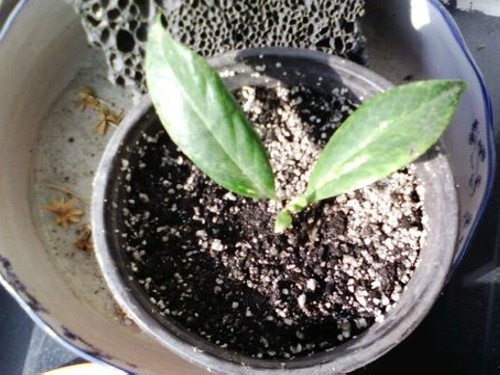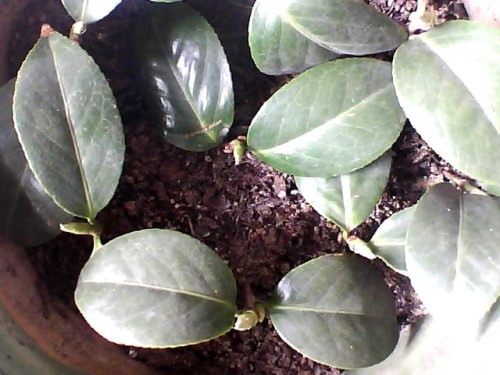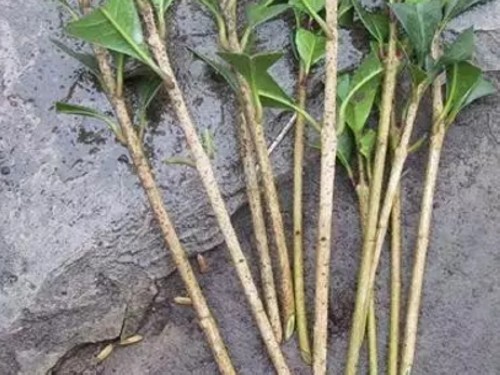Cutting Propagation technique of Camellia
Cutting is a method of flower reproduction, and it is also the simplest way to propagate plants that are most suitable for flower friends to operate at home. Today, I would like to introduce to you the plants that can survive with a single branch. The "branch insertion method" makes you become a plant expert!
Camellia is very convenient to manage as long as the temperature is right, and its dislike of fertilizer makes daily management easier. Sex likes a warm, humid environment. The flowering period is longer, blooming from October to May of the following year, and the flowering period is usually from January to March. The following is to introduce the soil culture cutting technology of camellias:

The main results are as follows: 1. it is better to select the fully developed branches in the current year, that is, the branches that germinate after flowering in spring and mature in autumn and autumn.
2. It is appropriate to take branches with terminal buds, at least 3-5 nodes and 15-20 cm in length. If the branches have inflated flower buds, they should be removed.
3. The branches were cut in a moist medium with good drainage, moderately moist and placed in a semi-shady place, waiting for the regeneration of the roots.
The survival rate of cuttage propagation of camellia is high, and the following technical points should be grasped in propagation and transplanting.
Cutting time: take Fujian area as an example, most of them are planted in the nursery on the ground from June 10 to 30, and they can also be cut in mud basin or wooden box containers.
Cuttings selection: select the current year's twigs, and take the annual semi-mature branches with full external tissue of the crown, complete leaves and full leaf buds as cuttings, with a length of 8 cm and 10 cm, leaving 2 leaves at the apex.
Cuttings cutting: when cutting, the base takes a little old branch as much as possible, and it is easy to form callus and root quickly after cutting. Cut the cuttings early in the morning and insert them whenever you want.
Cutting method: insert nursery bed substrate about 3 cm, require leaves to hand over each other when cutting, press solid with fingers after cutting, and dip 0.4% 0.5% indolebutyric acid solution into the base of cuttings for 2-5 seconds, which can obviously promote rooting. It is better to insert it shallowly, so that it can heal and take root quickly.
Management after cutting: the cutting seedbed needs shading, spray leaves with water every day, keep it moist, keep the temperature at 20: 25 ℃, heal about three weeks after cutting, and take root after six weeks. When the root length is 3 cm to 4 cm, it can be transplanted into the pot. When the base minister has new roots, and the top of the branch has new shoots and new leaves, it can be transplanted.
Survival transplantation: cuttings are generally transplantable from mid-September to early October of that year. If there is no transplantation at this time, it is better to wait for transplantation in March of the vertical year, so that more roots can be grown in the same place, and the survival rate after transplantation will be higher. This time coincides with another growth period of camellias, which has many benefits for growth and development. It should be noted that if the cutting medium is river sand or rice chaff ash, it should be transplanted and planted as soon as possible after rooting and growing leaves, because of the lack of nutrition in these media, the growth of survival seedlings in the nursery will be affected for a long time.
Time: 2019-06-10 Click:
- Prev

Cutting methods of potted camellias
Camellia is a warm area tree species, mostly born in the shade edge, shade-tolerant, like warmth, the temperature is too low or too high is not suitable. Especially for the strict requirements of soil quality, suitable for acidic soil, PH value is in the range of 5.06.5. It can grow healthily on loose fertile sandy soil or loose soil (a kind of mountain mud).
- Next

Can camellias be hydroponically cultivated? Cuttage method of Camellia by Water Culture
Camellia cutting, seems to see a lot of ways and methods, but also seen a lot of summary experience, but still listen to you talk about more failures, how to solve a lot of problems. However, problems come and go. I seem to have never seen anyone plug in water before. I don't know if you have any experience in this area, ah, whether it is suitable.
Related
- Fuxing push coffee new agricultural production and marketing class: lack of small-scale processing plants
- Jujube rice field leisure farm deep ploughing Yilan for five years to create a space for organic food and play
- Nongyu Farm-A trial of organic papaya for brave women with advanced technology
- Four points for attention in the prevention and control of diseases and insect pests of edible fungi
- How to add nutrient solution to Edible Fungi
- Is there any good way to control edible fungus mites?
- Open Inoculation Technology of Edible Fungi
- Is there any clever way to use fertilizer for edible fungus in winter?
- What agents are used to kill the pathogens of edible fungi in the mushroom shed?
- Rapid drying of Edible Fungi

